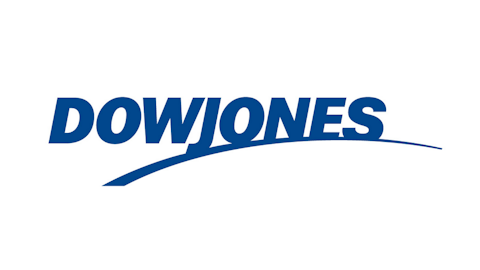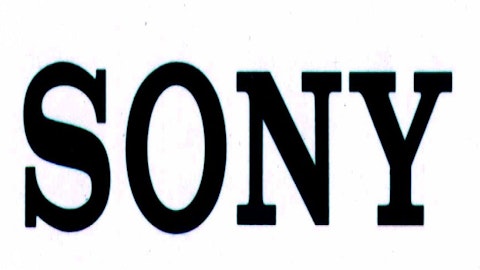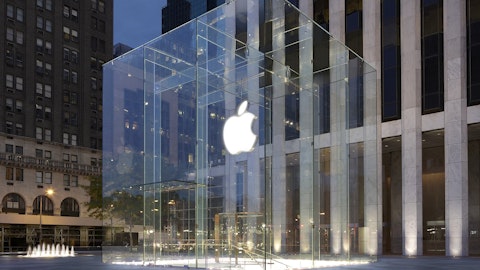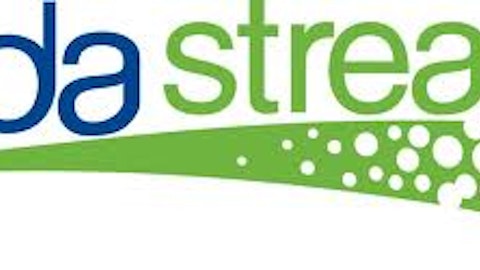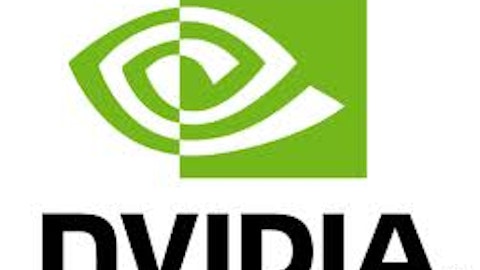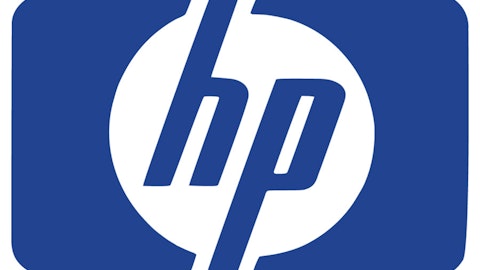However, other companies weren’t afraid to gamble. Let’s take a look at the tablet release timetable below to see where Dell and HP went wrong.
| Company | First Current Gen Tablet | Operating System | Release Date |
| Apple | iPad | iOS | April 2010 |
| Samsung | Galaxy Tab | Android 2.2 | September 2010 |
| Dell | Inspiron Duo | Windows 7 | December 2010 |
| BlackBerry | Playbook | QNX | April 2011 |
| Hewlett-Packard | TouchPad | webOS | July 2011 |
| Lenovo | IdeaPad K1 | Android 3.1 | July 2011 |
| Amazon | Kindle Fire | Android 2.3 Custom | November 2011 |
| Microsoft (NASDAQ:MSFT) | Surface | Windows RT/8 | October 2012 |
Source: Wikipedia
The answer is simple: the three most successful non-Apple tablet makers — Amazon.com, Inc. (NASDAQ:AMZN), Samsung and Lenovo — all released Android tablets.
The customizability and universal software compatibility of Android, all unified by the Google Play store and Google’s cloud-based ecosystem, made these tablets far more appealing. Granted, the Kindle Fire could not access the Google ecosystem without a slight modification, but Amazon’s own App Store and cloud-based system was an attractive alternative.
Dell, on the other hand, clumsily offered the Inspiron Duo, a Microsoft Corporation (NASDAQ:MSFT) Windows 7 hybrid device that was quickly retired due to low demand. It was replaced by the equally confusing XPS 12, a Windows 8-powered tablet that features a screen that can be rotated and slid back onto the keyboard to transform into a tablet — similar to Asus’ Transformer series but lacking the detachability feature. The result was a bulky unit, weighing 3.36 pounds, that costs $1,200 — far more than other current generation tablets or lightweight Ultrabooks.
The XPS 12 simply proves that Dell simply does not understand current market demands at all.
Microsoft has one foot in the grave, too
Microsoft is so afraid that its longtime ecosystem partners will realize that Android, not Windows, is the inevitable future of mobile computing that it immediately invested $2 billion in Dell when it announced that it would go private. That panicked reaction should raise red flags with investors indicating that Ballmer and company know that the end might be near.
After all, only its two largest U.S. hardware partners, HP and Dell, have shown the company any measure of loyalty. Taiwanese manufacturers Asus and Acer, two of the largest PC manufacturers in the world, have already offered Android tablets, much to the chagrin of Redmond.
Should we dig one grave … or two?
It is too late (and pointless) for new investors to buy shares of Dell today. The possibility of a higher offer may push the stock price up slightly, but the stock has reached the end of the line. Instead, investors should pay closer attention to Hewlett-Packard, the last man standing in the American PC market. Over the past three years, Hewlett-Packard has fared even worse than Dell, changing CEOs like pants and pointlessly overpaying for companies that it could not integrate. Simply look at this comparison of HP and Dell’s cash reserves versus long-term debt.

HPQ Cash and Equivalents data by YCharts
Both companies have soaring debt and weak cash reserves. But considering that Dell has actually grown its cash pile by 32.85% while HP has lost 2.5% over the past five years, maybe it’s time to tell Dell’s gravedigger: “Make room for two, please.”
The article The Death of Dell originally appeared on Fool.com and is written by Leo Sun.
Copyright © 1995 – 2013 The Motley Fool, LLC. All rights reserved. The Motley Fool has a disclosure policy.
